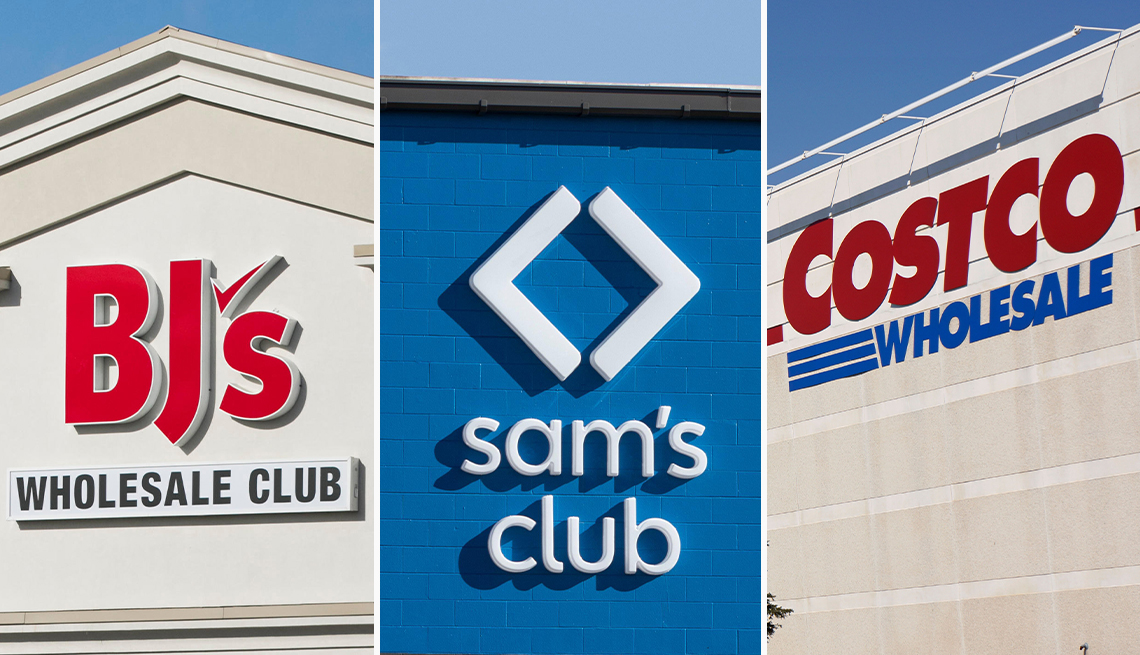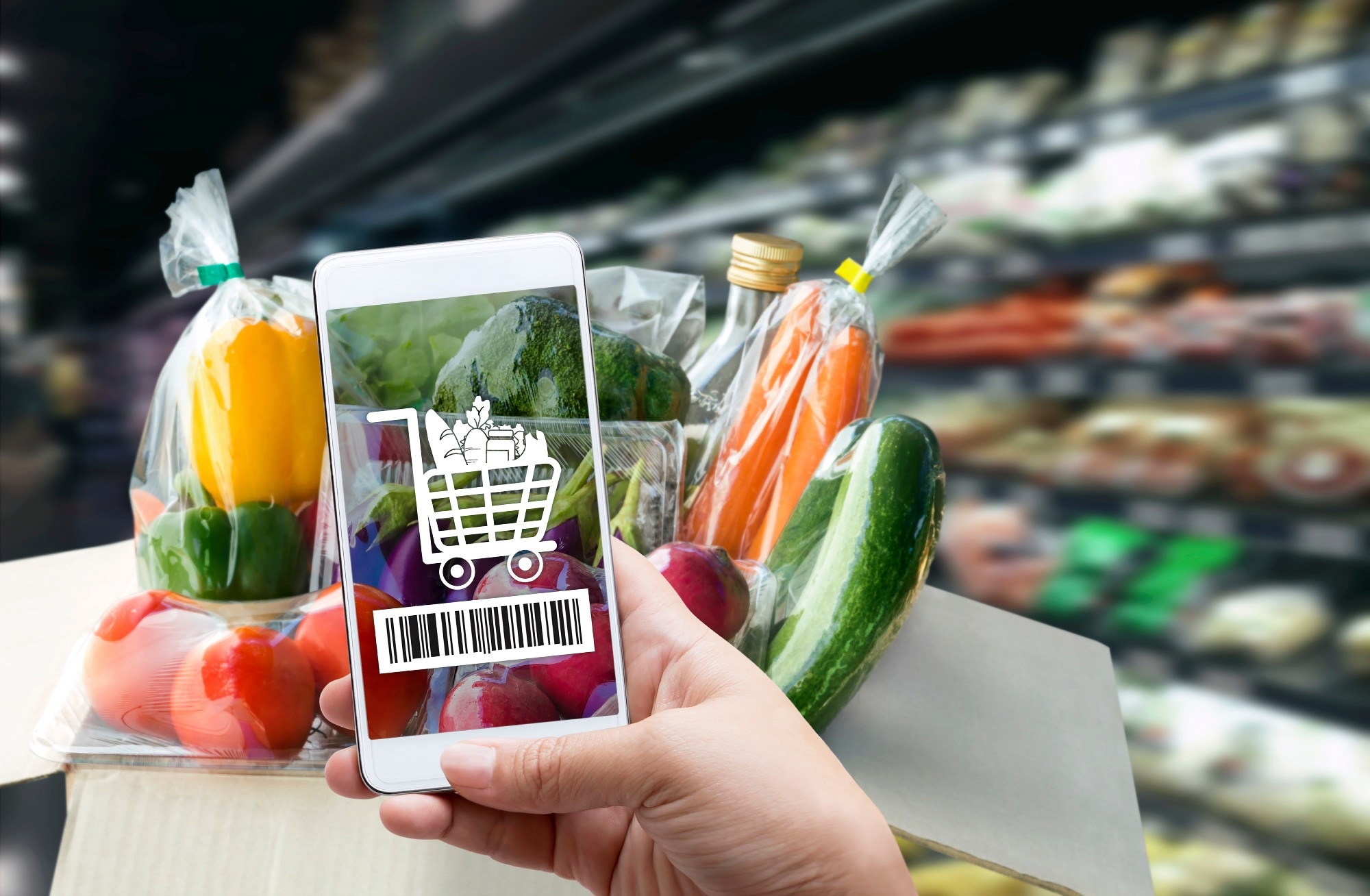Predicting Drug Demand with AI: A Pharma Case Study

Summary:
Artificial intelligence is transforming pharmaceutical demand forecasting by helping companies predict drug demand with greater accuracy, reduce waste, and ensure timely patient access. This case study highlights how a mid-sized pharma company overcame the challenges of launching a new specialty drug across diverse markets by implementing a custom AI forecasting model. Leveraging machine learning to analyze sales data, prescribing patterns, and public health signals, the company improved forecast accuracy by 42%, reduced excess inventory by nearly a third, and minimized stockouts. For small and mid-sized pharma enterprises, AI-driven demand forecasting is not just a supply chain upgrade—it’s a strategic advantage that boosts profitability, mitigates risk, and supports better patient outcomes.
Predicting Drug Demand with AI: A Pharma Case Study
Accurate demand forecasting is one of the most difficult and critical challenges in the pharmaceutical industry. When forecasts are wrong, the consequences are costly. Overestimating demand leads to wasted inventory and high carrying costs. Underestimating it results in stockouts, delays in patient access, and missed revenue.
For small and mid-sized pharmaceutical companies, these risks are even greater. Resources are limited, margins are tight, and there is little room for error. That is why forward-thinking pharma SMEs are turning to artificial intelligence to improve how they forecast demand.
This article looks at how one company used AI to solve this challenge and what other SMEs can learn from their approach.
The Challenge: Forecasting for a New Drug
A mid-sized pharmaceutical firm had recently received regulatory approval for a new specialty medication. The launch was planned across several regional markets, each with different prescribing habits, healthcare infrastructure, and seasonal variability.
Their traditional forecasting methods relied heavily on manual inputs from sales and marketing, along with historical data from similar drugs. But this approach lacked precision and adaptability. Internal teams struggled to account for fast-changing external factors like disease prevalence, competitor activity, and public health events.
The company needed a solution that would:
- Improve forecast accuracy for new and existing markets
- Respond quickly to real-world signals
- Reduce waste while ensuring product availability
- Free up internal resources from manual forecasting tasks
The Solution: A Custom AI Demand Forecasting Model
The company partnered with an AI workflow provider to build a custom forecasting model trained on multiple data sources, including:
- Historical prescription and sales data
- Patient population demographics
- Regional flu and seasonal illness trends
- Public health alerts and pandemic data
- Physician prescribing behavior patterns
- Inventory and distribution lead times
Using machine learning algorithms, the model was able to detect complex relationships between external drivers and regional demand. It also adapted over time, continuously improving its predictions based on actual market response.
The AI system generated weekly demand forecasts at the product and region level, complete with confidence intervals and suggested inventory thresholds. Forecasts were delivered through a dashboard that integrated with the company’s existing planning systems.
The Results: Better Accuracy, Faster Decisions
Within six months of implementation, the company reported:
- A 42% improvement in forecast accuracy compared to their manual models
- A 29% reduction in excess inventory
- Fewer stockouts in key markets during flu season
- More confident and data-driven decision-making by commercial and supply chain teams
Beyond the numbers, the company gained a clearer view of how various factors affected demand and could now simulate different scenarios to support strategic planning.
Why AI Works for Demand Forecasting in Pharma
There are several reasons AI outperforms traditional forecasting methods in pharmaceuticals, especially for SMEs:
- AI handles complexity Unlike spreadsheet models, AI systems can account for nonlinear relationships and dozens of data inputs at once. This is crucial when predicting demand influenced by regional, seasonal, and clinical variables.
- AI adapts over time Demand drivers change. New competitors enter the market, public health emergencies occur, and prescribing trends evolve. AI models can retrain themselves as new data becomes available, keeping forecasts accurate.
- AI is faster and more scalable Manual forecasting does not scale well across multiple products or regions. AI can produce forecasts for dozens of scenarios in minutes, freeing up internal teams to focus on strategy instead of spreadsheets.
- AI integrates with your systems Custom models can be designed to connect with your inventory, sales, and ERP platforms, making the forecasts actionable in real time.
What SMEs Should Consider Before Adopting AI Forecasting
Adopting AI does not require a full digital transformation or a large data science team. But success depends on a few key factors:
- You need clean and accessible data from your core systems
- You must define clear forecasting goals and performance metrics
- Start with one product line or therapeutic area before scaling
- Choose a partner who understands pharmaceutical operations and compliance
The right AI solution should fit into your workflow, not force you to change how you work.
Final Takeaway
For SMEs in pharma, accurate forecasting is not just a supply chain function. It is a strategic advantage that can improve profitability, reduce risk, and support better patient outcomes.
AI makes forecasting smarter, faster, and more reliable. By combining data science with domain expertise, pharma companies can move from reactive planning to predictive action.
📩 Contact RILA GLOBAL CONSULTING today to learn more.
Read More

Q4 Consumer Signals: What Costco, BJ’s, and Sam’s Club Tell Us About Holiday Spending
The article delves into Q4 consumer signals gleaned from Costco, BJ's, and Sam's Club, highlighting how these wholesale retailers provide a crucial barometer for holiday spending and evolving shopper expectations. While value and bulk purchasing remain paramount, consumers are exhibiting diminishing patience for operational frustrations, demanding seamless experiences alongside significant savings. Costco navigates a reputation for premium value amidst growing complaints of overcrowding, BJ's champions aggressive deals despite service inconsistencies, and Sam's Club leverages digital convenience that is often undermined by fulfillment issues and unexpected viral moments. Collectively, these insights paint a picture of a holiday season where consumers are highly deal-sensitive but increasingly expect retailers to mitigate the inherent stresses of holiday shopping, offering early indicators of shifting loyalty and household budget priorities.
December 7, 2025
READ MORE

Thanksgiving 2025 Social Media Trends: What 2 Million Consumer Conversations Reveal
Thanksgiving 2025 conversations on social media revealed key consumer sentiments and trends, with over 2 million posts highlighting holiday planning, food prices, and family dynamics. Millennials, in particular, are shaping purchasing decisions. While overall sentiment was positive, concerns about specific item price spikes and distrust in AI-generated recipes emerged. Retailers can leverage insights on value, convenience, and transparency to better connect with consumers.
November 27, 2025
READ MORE

Black Friday 2025: What Consumers Really Said On Social Media About Holiday Spending
Black Friday 2025 saw over a million social media mentions in the US, revealing a complex consumer sentiment. While shoppers eagerly sought genuine value in deals, particularly for streaming services, electronics, and gaming, they also expressed growing fatigue and distrust due to perceived fake discounts, high-pressure tactics, and financial strain. The emergence of AI tools like ChatGPT and Gemini in the research and comparison process signifies a major shift in consumer behavior, demanding greater transparency and meaningful value from brands to gain trust in future holiday sales events.
November 27, 2025
READ MORE

How Americans Used AI for Thanksgiving 2025: What Millions of Conversations Reveal
As Americans navigated Thanksgiving 2025, artificial intelligence emerged as a helpful, yet cautiously adopted, assistant in the kitchen. While millions of social conversations reveal a willingness to use AI for tasks like generating grocery lists, finding substitutions, and understanding food safety, a significant skepticism remains regarding AI's ability to handle the critical elements of holiday meal preparation. The rise of 'AI slop' highlights concerns about low-quality or nonsensical AI-generated recipes, leading consumers to rely on trusted human sources for the main dishes. Ultimately, AI is seen as a valuable tool for planning and convenience, but not as a replacement for human expertise in crafting the centerpiece of the Thanksgiving table.
November 27, 2025
READ MORE

Best Buy Social Media Analysis Ahead of Earnings: What 500K Online Conversations Reveal
Ahead of its Q3 2025 earnings announcement, over 500,000 social media conversations paint a consistent picture of Best Buy: consumers appreciate its deals, product selection, and the promise of reliable tech support. However, significant frustrations persist regarding delivery issues, complex warranties, and poor customer service follow-through. Despite these operational challenges, Best Buy's brand appears stable and predictable, lacking major scandals or controversies, which suggests a low-drama earnings call and reinforces its image as a reliable, though not always seamless, retail brand.
November 25, 2025
READ MORE

Inside the Crumbling US Job Market: 18M Social Media Mentions on Work, Pay, and Layoffs
Conversations surrounding the US job market have surged, with 18 million social media mentions revealing widespread anxiety about work, pay, and job security. Layoff announcements are at a 22-year high, mirroring levels not seen since the Great Recession, while continuing unemployment claims are nearing four-year peaks. This sentiment is amplified by the emotional texture of online discussions, where people express struggles to afford bills, the necessity of second jobs, and burnout. Concerns about AI's potential to eliminate white-collar roles, coupled with frustrations over applicant tracking systems and 'ghost jobs,' further contribute to a deeply negative outlook, overshadowing positive stories of job acquisition and meaningful work.
November 21, 2025
READ MORE

The End of the U.S. Penny: What Social Listening Reveals About Value, Nostalgia, and America’s Evolving Relationship With Currency
The end of U.S. penny production sparked an online conversation far richer than a simple economic update — revealing a moment where money, memory, and national identity collided. Social listening shows Americans framing the discontinued coin as a cultural artifact, a childhood symbol, and a mirror for anxieties about inflation, political leadership, and a cashless future. Nostalgia blended with skepticism as collectors, financial commentators, and everyday users debated what the penny’s disappearance says about shifting priorities in a modernizing economy. In witnessing the final minting of a coin with 232 years of history, the public wasn’t just reacting to monetary policy — they were negotiating the meaning of value itself.
November 19, 2025
READ MORE

What U.S. Consumers Are Really Buying Right Now: Viral Trends, High-Tech Tools, and the New Psychology of Shopping
U.S. consumers are reshaping the retail landscape in real time, blending emotional impulse with unexpected investment as they navigate economic pressure and digital influence. Social conversations show that Americans are simultaneously splurging on high-performance niche tools, making impulsive TikTok-driven micro-purchases, and buying controversial or loosely regulated products that reveal widening trust gaps in the marketplace. Even as budgets tighten, spending on beauty, wellness, and status-defining items remains resilient, signaling that identity, comfort, and social proof matter more than ever. The result is a consumer environment where viral influence outweighs traditional marketing, transparency becomes a competitive advantage, and brands must track fast-moving cultural signals to stay relevant.
November 19, 2025
READ MORE

Target in Q3 2025: What 6 Million Social Media Posts Reveal About the Brand
Target’s Q3 2025 social footprint reveals a brand caught between strong product demand and increasingly strained execution. Shoppers still love Target’s private labels, seasonal magic and exclusive collaborations, but their enthusiasm is undercut by widespread frustration with understaffed stores, long checkout lines, messy environments, unreliable digital inventory, app glitches and inconsistent delivery through Shipt and Circle 360. Social and political debates as well as safety concerns add volatility to Target’s perception, even as private-label performance and holiday readiness remain clear strengths. The data shows a widening gap between Target’s brand promise and the real shopper experience - one that represents both a risk to loyalty and an opportunity for operational reinvention.
November 18, 2025
READ MORE